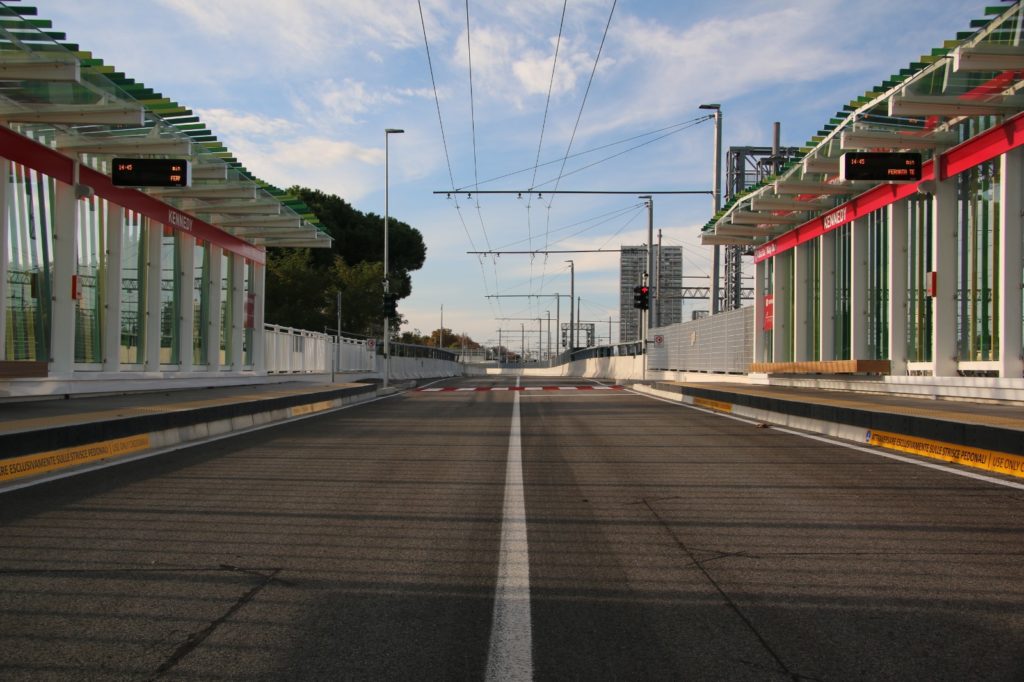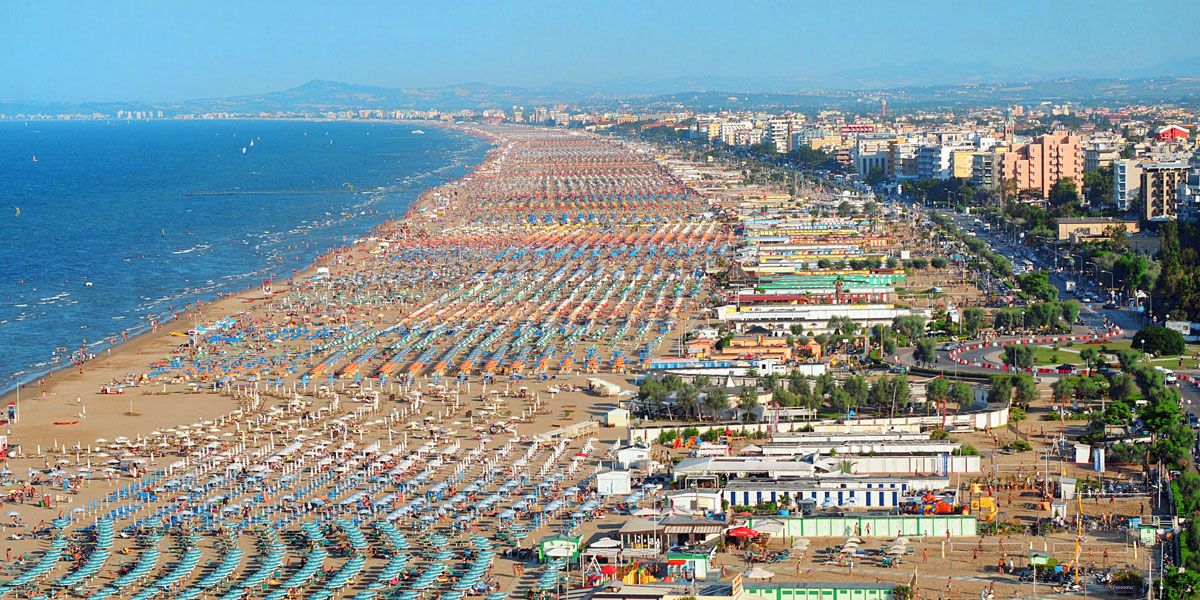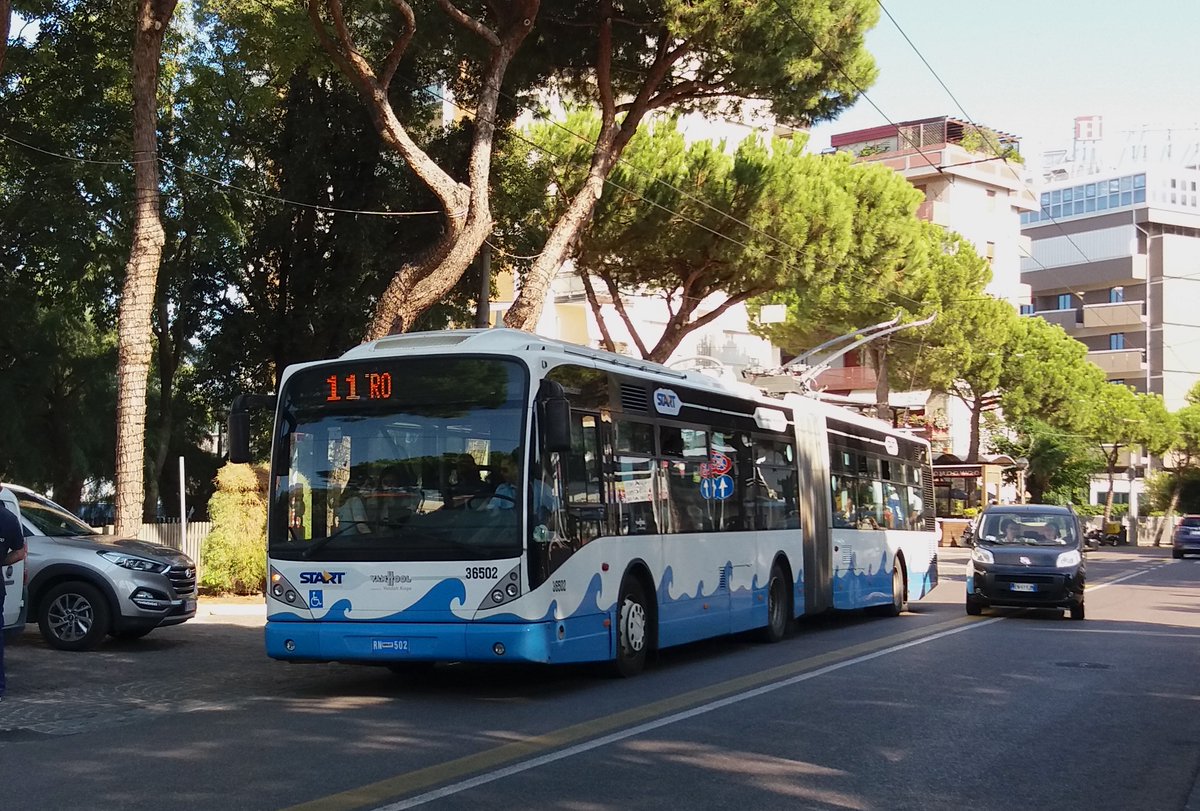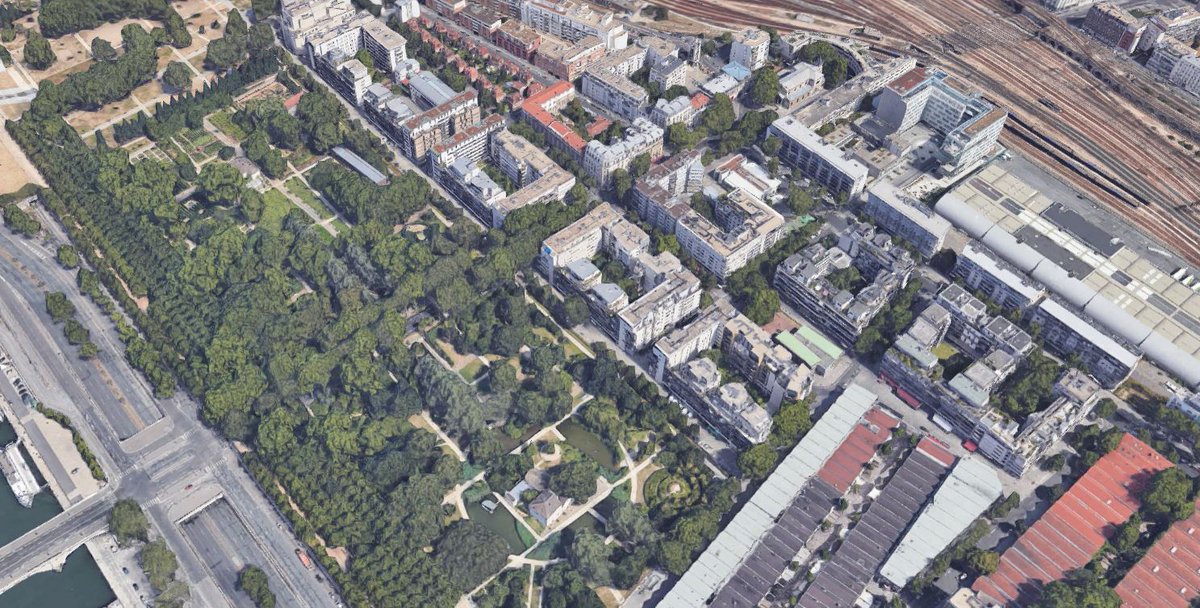
I know many are skeptical, but let's do an imagination exercise and imagine going around Québec 10 years from now with a comprehensive province-wide transit network.
You can do the same exercise for your region too
You can do the same exercise for your region too
https://twitter.com/ChittiMarco/status/1315672298158948355
In this scenario, you have hourly or bi-hourly regional trains connecting Montréal to Sherbrooke, Québec via North and South shore, Ottawa, Shawinigan, etc., but also Sherbrooke to Quebec and to a certain extent on the south shore.
More importantly, these connections calls at important regional hubs, like Drummondville, Granby, Saint-Jean sur Richelieu, Joliette, Trois Rivières, where a local bus network allows you to reach villages and natural parks that today are off-limits for care-less people
With a yearly pass, a car-free family or person can use it to move around freely within a transit rich core (essentially Montréal and Québec)during the week, but reach regional destinations for a short weekend or even a day trip. Why not hop on a train and go to Mt Saint Hilaire?
People from the region can come easily to in city destinations, avoiding the typical weekend congestion of people that want to reach the Mt Royal, other big city parks or central city shopping areas by car. Or they can go to another small town nearby, why not?
Québec has already a quite developed, growing and very popular network of leisure bike and pedestrian paths. The bike+train combo, a largely successful experiment in Europe, could work here to: biking till Granby and the Yamaska and back by train
We have SEPAQ and Park Canada deep into an environment protection discourse, but whose parks are accessible only by car, even when they aren't in remote regions (most are not). That image of Canada as a depopulated land is simply false and it's an excuse to keep the statuquo
Canada, as most of the US, is a deeply urban country that does not assume it but would greatly enjoy a province-wide approach to transit as a way to provide greater and more sustainable accessibility to an area that goes beyond a tiny Island.
For that to happen would need a complete shift of paradigm from governments I don't see in sight, as they prefer to pour billions in a underwater freeway (3e lien) instead of rethinking ymobility.
The most optimistic scenario in 10 years is people being stuck on endless jams on the bridges and motorways leaving the metropolitan region to enjoy nature, but in electric cars. And we car-less folks biking around an empty city. That's unfortunate.
• • •
Missing some Tweet in this thread? You can try to
force a refresh

























